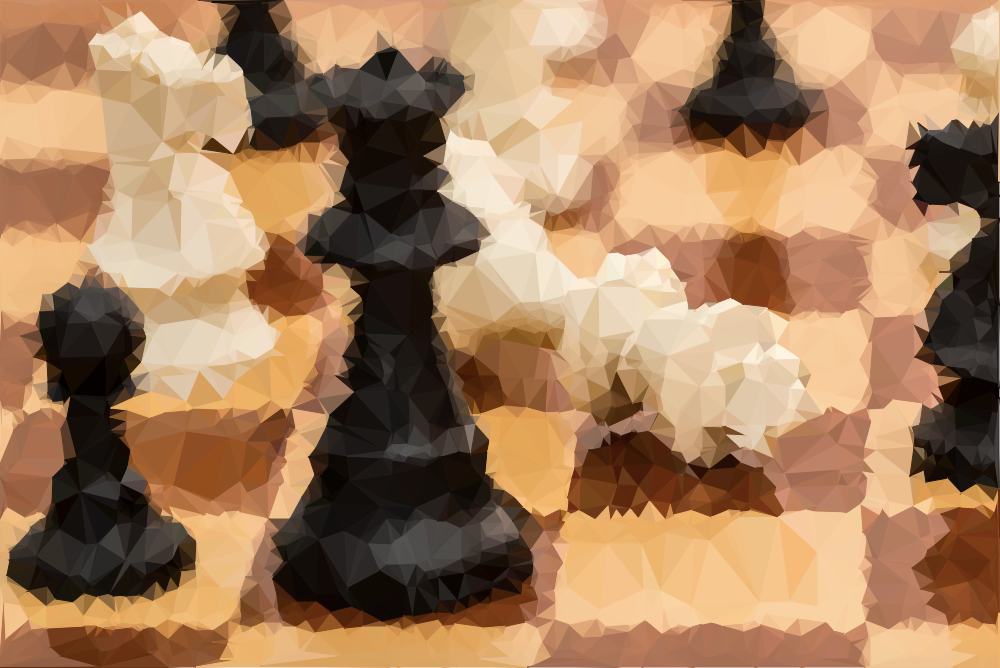This article could have been called “Interacting with friend pieces”, or “how Chess pieces move”, as the way to capture other pieces in Chess will be detailed in another article.
You have just learnt how to move all the pieces (the Queen, the Knight, the pawn…) on an empty chessboard. Now the question is: what if other pieces are on the chessboard ?
Now let’s add some pawns around the Rook to see where it can go.
It works the same way with other pieces.
Let’s have a look to the Knight now. The Knight is specific in the way it moves, but its interaction with friend pieces is also particular.
The last piece to be looked at is the pawn.
You can test your understanding with the following questions now. Some questions are related to the generic move of the pieces.
Indeed, the pawn is on its starting square, so it could theoretically move two squares forward, but the e4 square is occupied by the Rook, so the pawn cannot go there.
On your first move, only the pawns and the Knights can be moved.
Here as well, only the pawns and the Knights can be moved.
That concludes this article about how Chess pieces move, make special moves such as castling and interact with each other. You are now ready to tackle the new big part: capturing pieces, a.k.a interacting with enemy pieces.



